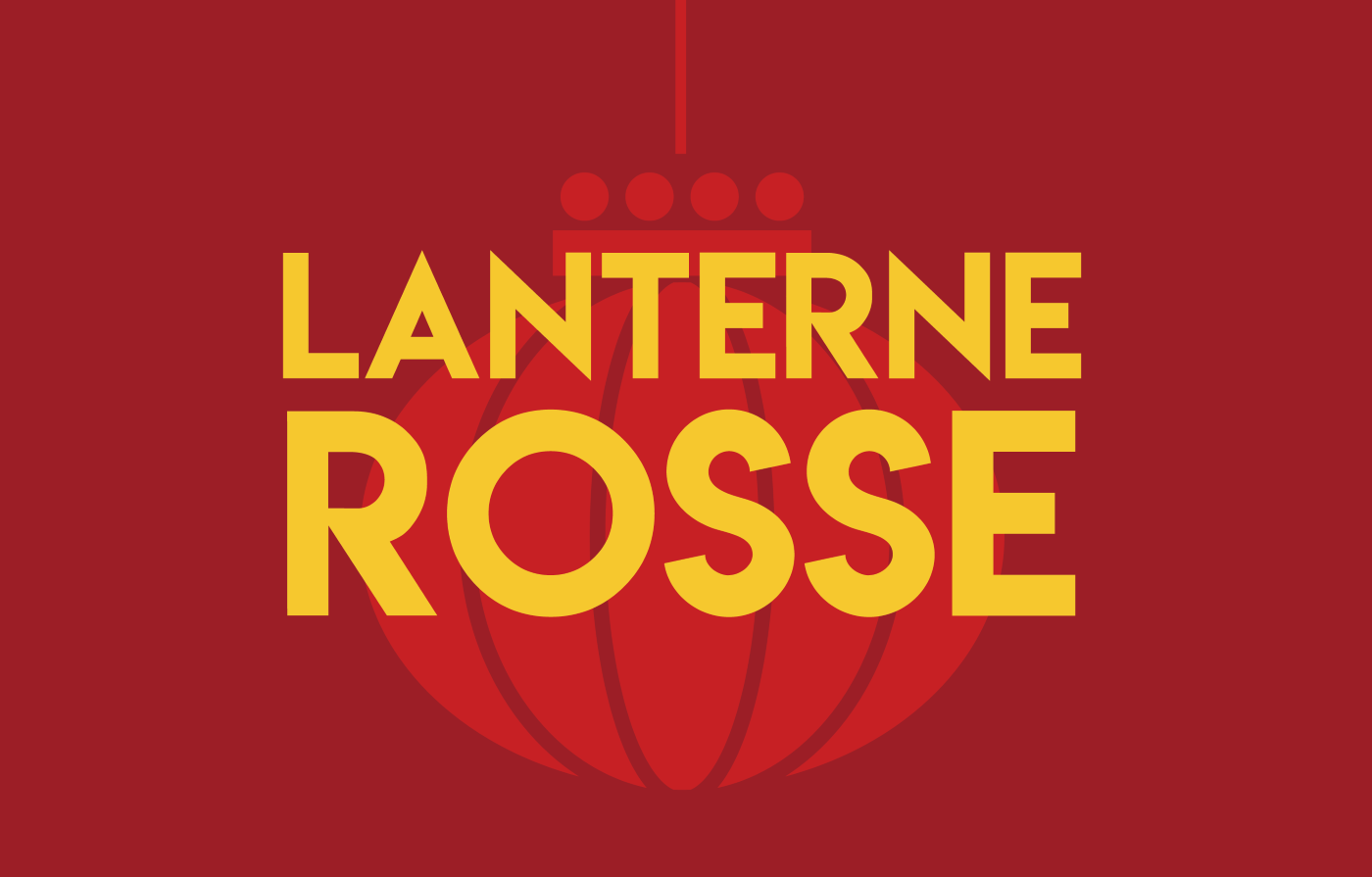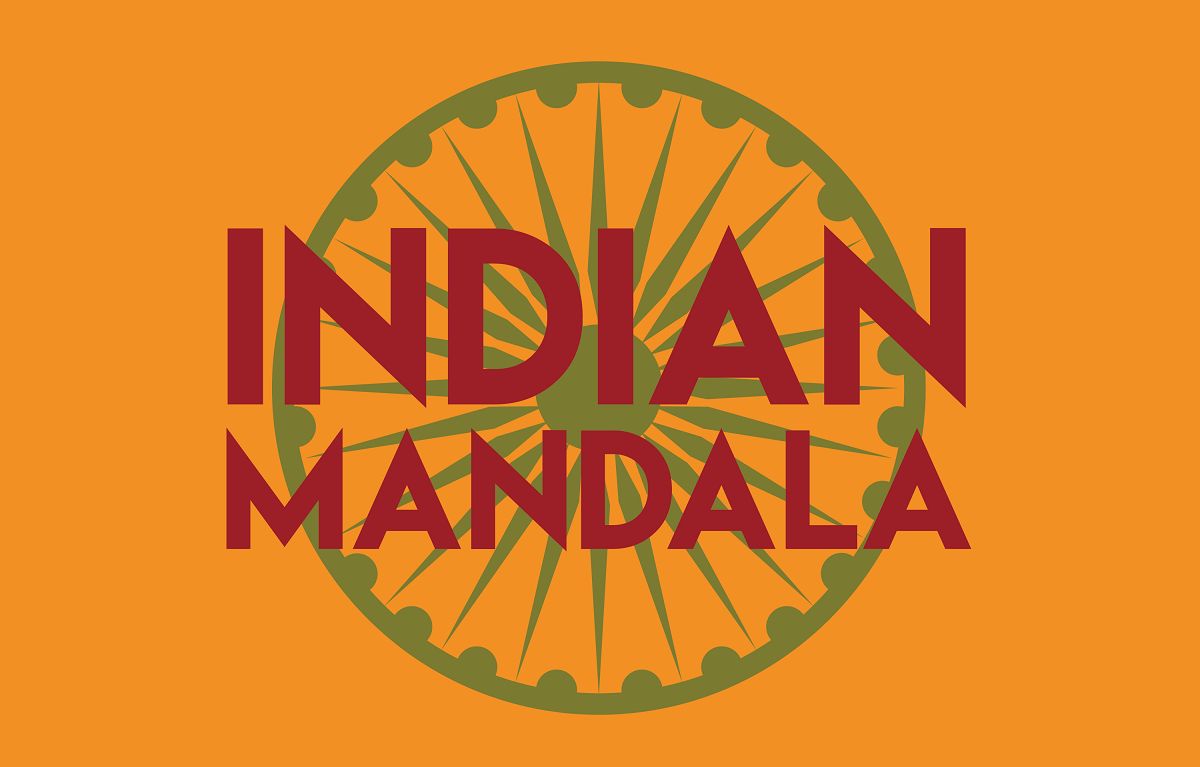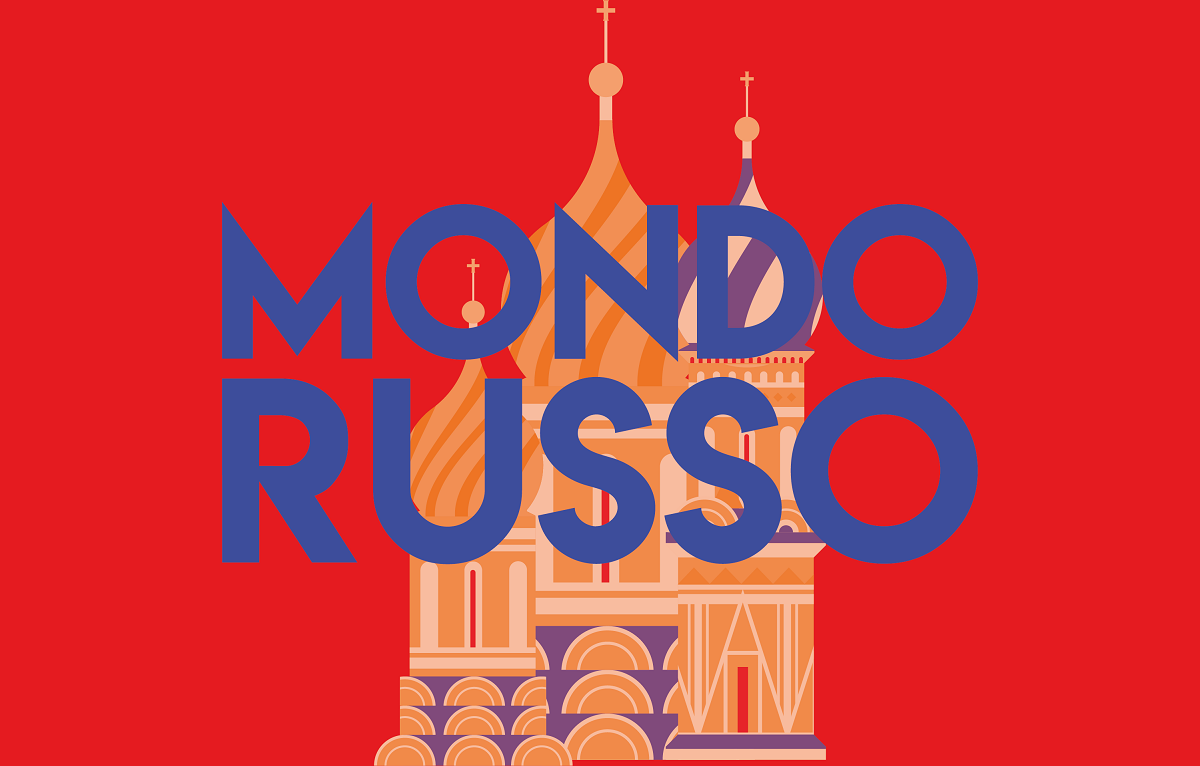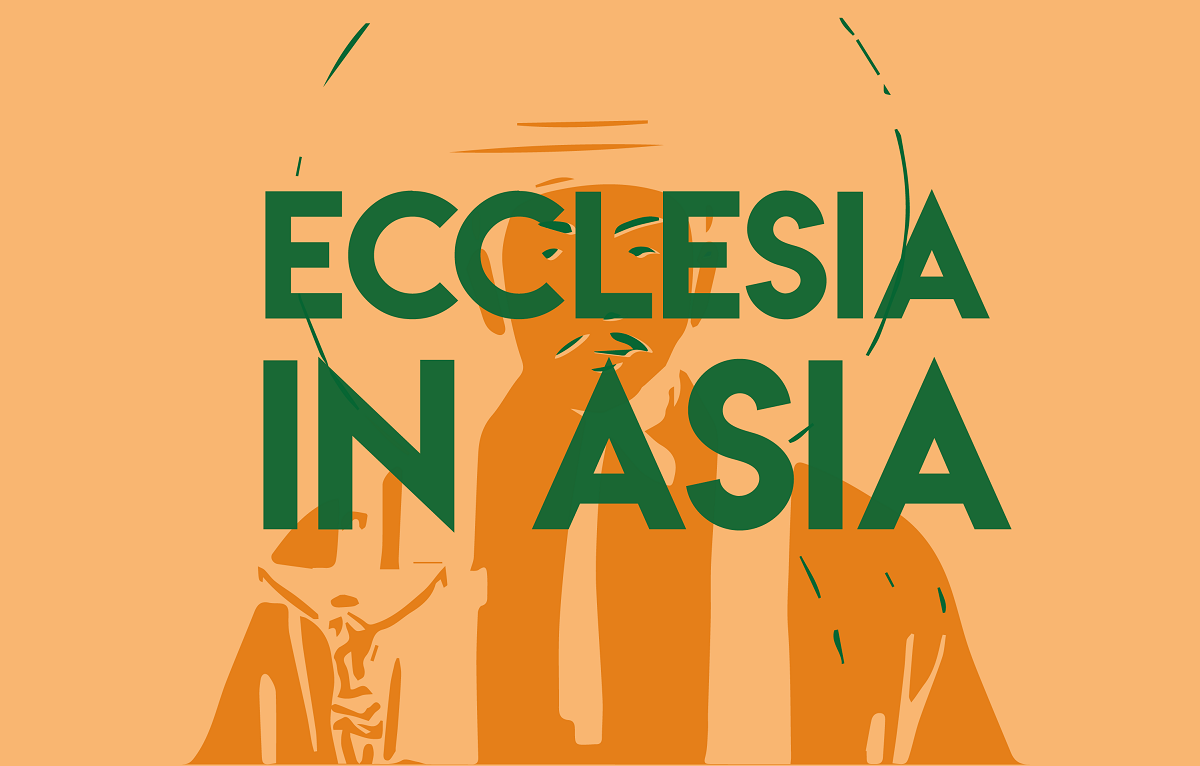Empty factories and layoffs: China’s periphery already hit by tariffs
Chinese concerns over its army of subcontractors in the garment industry working for big brands is behind the first truce in the Sino-American trade war. The China Labour Bulletin reports protests and closures in April. Local authorities are trying to limit the damage with informal mediation, hoping for a recovery. Facts contradict statements by Western brands about “responsible exits”.
Milan (AsiaNews/Agencies) – The agreement reached in Geneva that suspended for 90 days the additional duties and countermeasures launched in recent weeks by China and the United States is a first glimmer of respite in their trade war.
But the past few weeks of tensions have been anything but painless, especially for the last link in the chain, namely the workers who in the People's Republic are the arms of the “world’s factory”, this according to the China Labour Bulletin (CLB), a Hong Kong-based NGO that monitors labour-related issues in mainland China.
In its latest publication, the NGO looks at developments in China’s garment industry, which dominates global production, with 31.6 per cent of world apparel exports and 43 per cent of its textiles, a US$ 300 billion business, employing 15 million, mostly female migrant workers earning low wages protected by a weak social safety net.
The sector was already showing signs of crisis in the first months of 2025, as Chinese textile exports fell by 4.5 per cent over the same period last year. Now, tariffs are sharply accelerating the decline, with heavy repercussions on workers and small subcontractors.
Unlike industry giants with overseas operations and diversified customer bases, subcontractors are extremely vulnerable to sudden order cancellations and production stoppages. The result is a wave of sudden closures that are spreading.
The map of protests in the apparel sector recorded by the CLB includes five collective worker incidents in April, a number that barely touches the surface. In fact, on social media, stories of closed factories and unpaid wages have multiplied. In just three weeks, 29 cases have been reported of garment workers publicly complaining about sudden layoffs.
“This year it’s too hard – a 200-worker factory shut down overnight; the boss isn’t doing it anymore, sold off all the equipment,” says one man, disbelief in his voice as he filmed the closed plant.
In another clip, a woman walks through a silent workshop: “This factory ran for over 20 years. Now the production lines have stopped completely… we’re just sitting here waiting to lose money.”
Despite the severity of the situation, workers facing unpaid wages and sudden unemployment have mostly succumbed to silent despair, expressing frustration individually online rather than engaging in collective action. This is primarily due to the general economic slowdown that has left workers cautious, favouring job retention over confrontation.
In addition, many employers have handled layoffs discreetly, offering workers partial payments or furlough arrangements, thus preventing outright protests.
Thirdly, local governments often intervene with informal mediation to maintain social stability and avoid large-scale unrest, preventing disputes from escalating into public demonstrations.
According to the CLB, “Hope is used as a pacifier – hope that the factory will reopen next month, hope that a small wage payment will come through soon. That hope, even if slim, has kept many from taking the drastic step of collective action.
Production decisions by international brands are also behind factory closures and layoffs. Companies like Nike and Adidas have profited hugely from China's supplier network, and “have disclosed policies for responsible exits” from the Chinese system. However, there are significant gaps in implementation.
The CLB cites as an example the case of VF Corporation, owner of the Vans brand, which, despite statements of principle, failed to fully comply with its commitments to a supplier, resulting in unpaid social security contributions for workers.
Ultimately, for the CLB, “The gap between disclosed policies and actual practices during the current crisis reveals a troubling ethical disconnect, raising urgent questions about brands’ genuine commitment to protecting workers during supply chain transitions.”
RED LANTERNS IS THE ASIANEWS NEWSLETTER DEDICATED TO CHINA. WOULD YOU LIKE TO RECEIVE IT EVERY THURSDAY? TO SUBSCRIBE, CLICK HERE.







.png)










